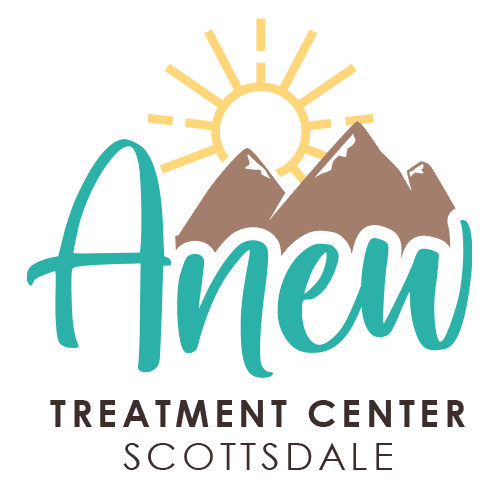What is OCD - Obsessive-Compulsive Disorder?
What is OCD? This mental disorder can cause patients to experience excessive thoughts and trigger repetitive behaviors that can impact daily life.

Understanding Obsessive-Compulsive Disorder
OCD is a mental condition that causes excessive thoughts or obsessions and triggers repetitive behaviors, also called compulsions.
The Anxiety and Depression Association of America reveals that OCD affects 1% of the U.S. population. The onset of the condition is usually at 19 years old and is common for both men and women, though women tend to experience it a bit more.1
The obsessive thoughts and behaviors associated with OCD can be very intense for patients and may cause, for example, people to believe that specific colors or numbers are "bad" or "good." Other times, OCD will convince people that they have to wash their hands exactly seven times after touching something dirty or they will be “dirty” themselves. People with OCD are often powerless against these impulses.

How Can OCD Affect People?
Though everyone has thoughts or habits that they sometimes repeat, OCD can cause people’s actions or thoughts to:
What Are the Four Types of OCD?
OCD can have many forms. However, the common types of OCD fall under the following intrusive behavior in these four general categories:
Paranoid Compulsions
People who experience this category find themselves over checking things like ovens, alarm systems, locks, or light switches to make sure they are turned off. This behavior also may lead some people to think that they have a medical condition like schizophrenia or pregnancy, even if no symptoms are present.
Unhealthy Need for Order
This type is categorized by needing symmetry and order. This is when people’s thoughts tell them that everything needs to exist in an orderly manner, even impossible things or tasks.
Intrusive Thoughts
Here, people catch themselves experiencing obsessions and intrusive thoughts. These thoughts may be disturbing or violent at times as well.2
OCD Causes and Risk Factors
Though researchers do not know the exact causes of OCD, they believe that brain abnormalities, genetics, and the environment might contribute to it. These risk factors contribute to the causes of OCD in an individual.
Genetic studies show that people with immediate relatives that have OCD are at an increased risk of developing the same condition. The risk escalates if these immediate relatives develop OCD in early childhood or in their teen years.
People’s brain structure and function might point to a cause of OCD. Studies show a difference between the subcostal and vortex structures in the brain of OCD patients vs. those who don’t have OCD. Though there is a connection between OCD abnormalities and symptoms in specific brain areas, the connection is not clear to scientists.
Our environment might have an impact on the cause of OCD as well. Some studies have reported a connection between OCD symptoms and childhood trauma, though more studies are underway. In other cases, children may develop OCD symptoms after a streptococcal infection called Pediatric Autoimmune Neuropsychiatric Disorders Associated with Streptococcal Infections (PANDAS).2
Signs and Symptoms of Obsessive-Compulsive Disorder
OCD symptoms and signs manifest most commonly in obsessions and compulsions.
OCD Compulsions
OCD compulsions are repetitive and ritualistic acts one does to reduce the anxiety the obsessions cause. These compulsions can include:
OCD Obsessions
OCD obsessions are unfounded fears, thoughts, or worries. These obsessions can cause great anxiety and often include:
Obsessions and compulsions are two of the most common symptoms that those with OCD experience and can impact almost every facet of daily life.
OCD Diagnosis
One should look into getting an OCD test done if they experience any of these obsessions or compulsions for at least one hour every day, if they cause the person undue distress, or if they interfere with daily life. If any of these occur, visiting a medical professional for a diagnosis that may involve a psychiatric and physical exam can help determine if one has OCD.
OCD Testing
Medical professionals find it difficult to diagnose OCD since its symptoms are similar to other mental health disorders. It is oftentimes common to have a concurring disorder alongside OCD.
The steps to help diagnose obsessive-compulsive disorder generally include a psychological evaluation, which involves discussing feelings, thoughts, behavior patterns, and symptoms with a medical professional. The medical professional, if permitted, can also speak to a patient’s loved ones to help rule out or factor in problems that may be causing OCD.
Another diagnostic tool for OCD is undergoing a physical exam. This will help determine the problems that may have caused the symptoms to occur, and will allow them to check for any other related complications.
OCD Diagnostic Criteria
Medical caregivers may use the criteria found in the Diagnostic and Statistical Manual of Mental Disorders (DSM-5), published by the American Psychiatric Association, to help diagnose OCD. The DSM-V diagnoses OCD based on specific factors:
Treatment for Obsessive-Compulsive Disorder
OCD treatment may involve utilizing medication, psychotherapy, and other treatments. Treating the condition can involve combining various options to achieve the best result, and often depends on the patient's needs.
Cognitive Behavioral Therapy (CBT)
CBT is a form of therapy that helps patients change their disturbing thoughts, emotions, and behaviors. It is tailored according to the patient's needs and may involve individual or group therapy.
CBT can help break associations in the patient’s mind and offer treatment for OCD by separating the distress from the objects, thoughts, or situations producing this distress. It can also help with breaking ritualistic behavior.
Medication
Medical professionals may prescribe medication for OCD when the case is severe enough, or therapy doesn’t help. Commonly, antidepressants such as selective serotonin reuptake inhibitors (SSRIs) are used to treat OCD. An SSRI improves symptoms of OCD by increasing the levels of serotonin found in the brain. Usually, patients may start seeing positive results after taking SSRIs for 12 weeks.
Always make sure to consult a doctor before trying SSRIs, as side effects are different for everyone. Doctors will gradually reduce the dose of SSRI until the patient’s symptoms lessen. If symptoms return, a doctor may increase the dosage again.
Other Treatment Options
The FDA approved Transcranial Magnetic Stimulation (TMS) as an adjunct OCD treatment in adults in 2018. Other new treatment options include augmentation and combination treatments, and novel techniques like deep brain stimulation. These new approaches target patients with OCD that fail to respond to other treatment options.4

Finding Help at Anew Treatment Center
OCD is a mental illness that progresses gradually and may begin at a young age. Symptoms range from mild to severe and often pose negative impacts on a patient's life. Looking for the best OCD options is crucial when thoughts and behaviors become persistent and oftentimes affect everyday life for the patient, even so much as to preclude them from getting a job or holding family or romantic relationships.
Get in touch with medical professionals at Anew Treatment Center to inquire about what OCD is, the various treatment methods, and how to help loved ones. Even if a family member is the one experiencing OCD symptoms doesn’t mean that it won’t impact other areas of their life. Anew Treatment Center combines various group and family therapy sessions and avenues for families in order to help determine the root cause of OCD and the best way to help tackle the problem.
Resources
- https://adaa.org/understanding-anxiety/facts-statistics
- https://www.nimh.nih.gov/health/topics/obsessive-compulsive-disorder-ocd
- https://www.ncbi.nlm.nih.gov/pmc/articles/PMC3777342/
- https://www.fda.gov/news-events/press-announcements/fda-permits-marketing-transcranial-magnetic-stimulation-treatment-obsessive-compulsive-disorder
Learn More About Our Treatment Programs
Our team is ready to talk and determine how we can help. Rest assured your call is confidential. We're here for you.


